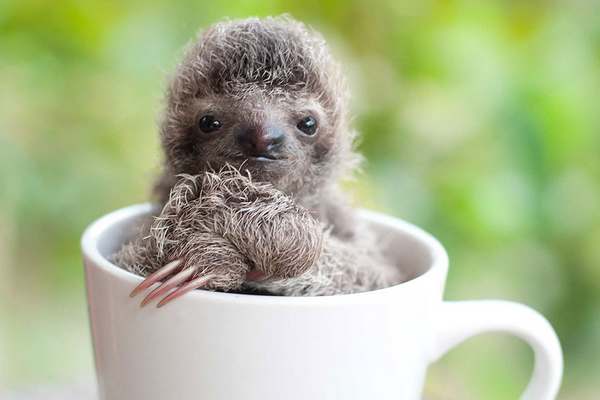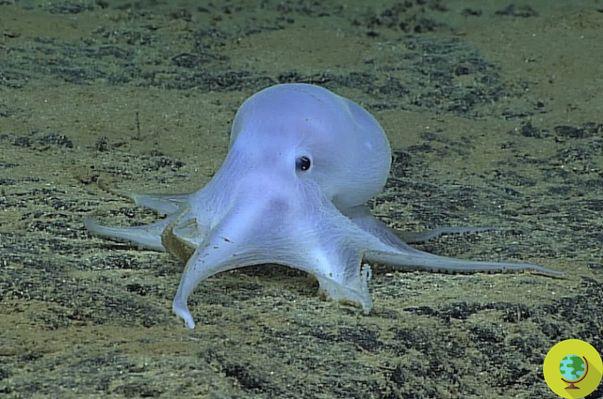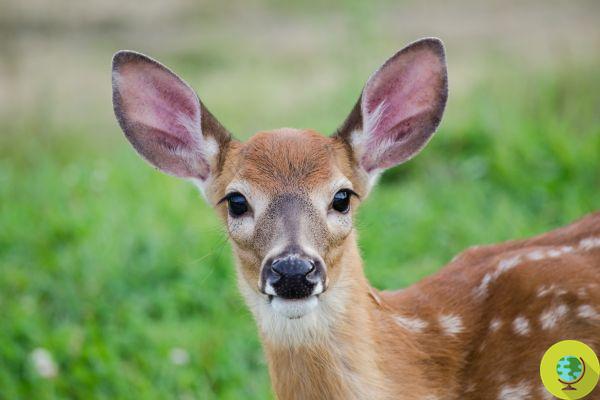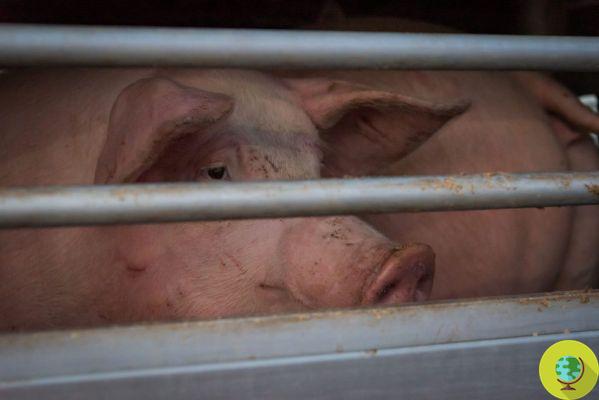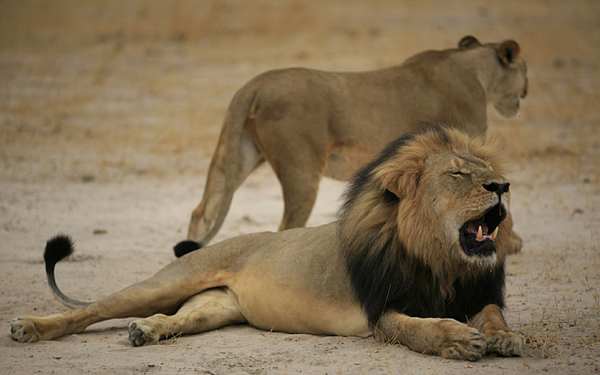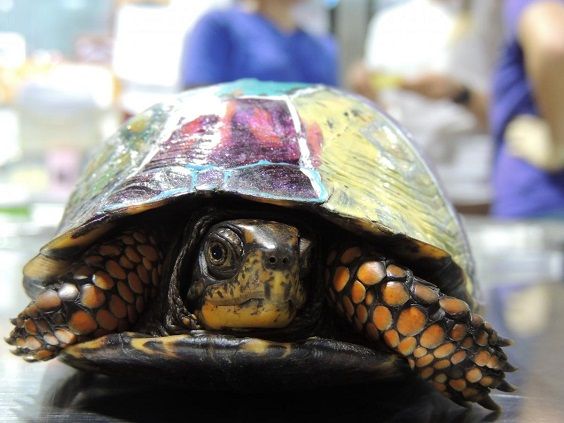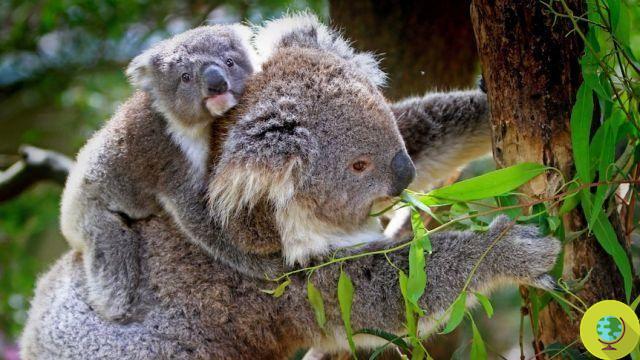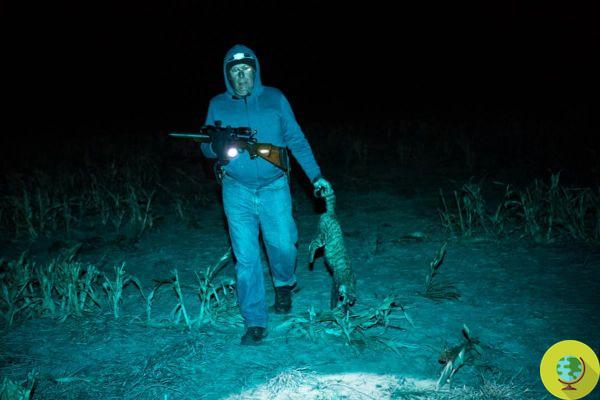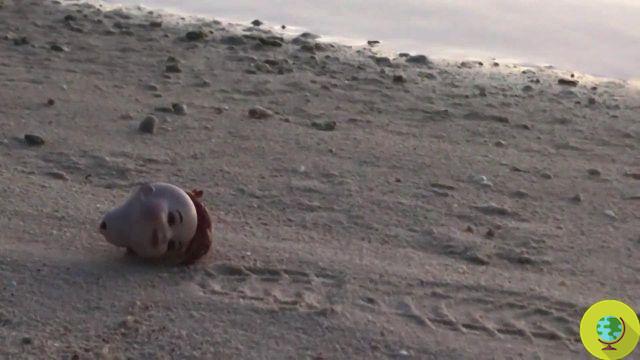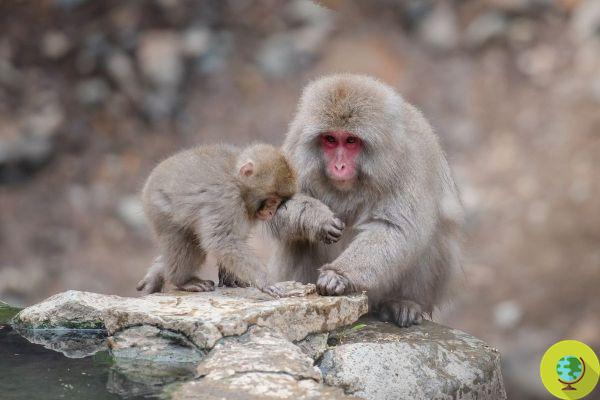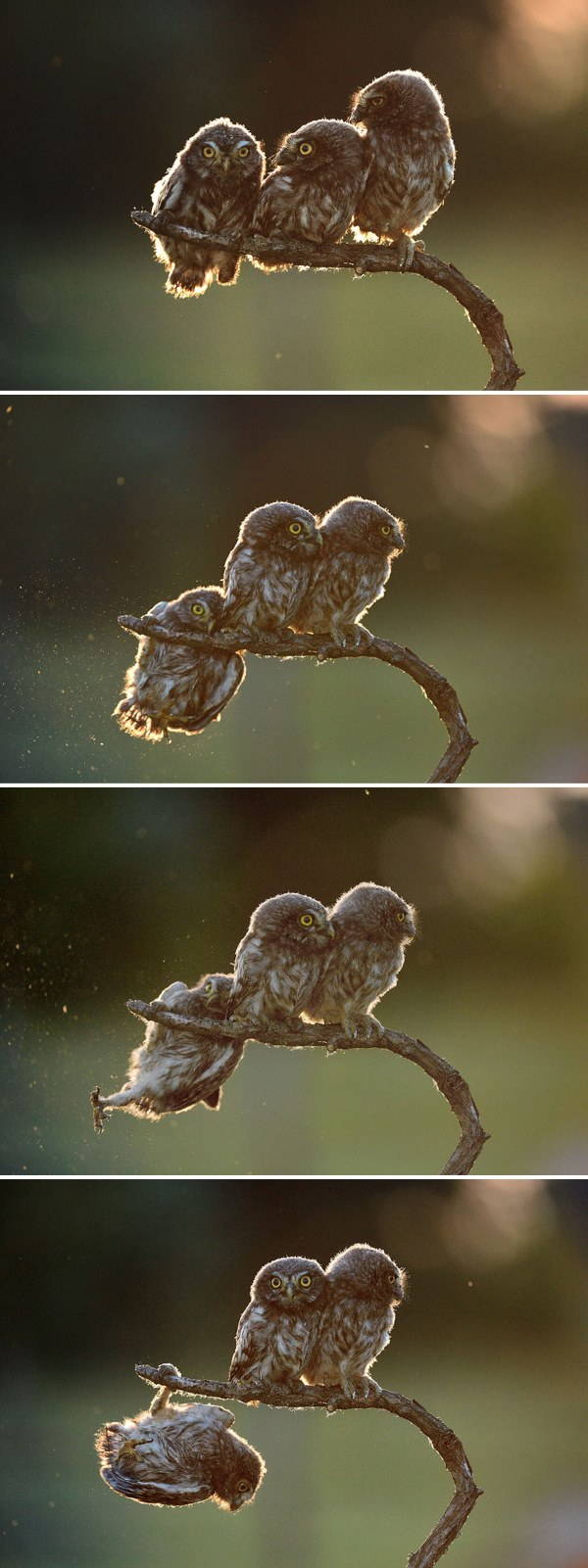Eleven new Marsican bear cubs in the Abruzzo, Lazio and Molise National Park. At least 4 females have reproduced. Good news and more hope for an endangered species.
He is about to end up run over, his mother saves himEleven new Marsican bear cubs in the Abruzzo, Lazio and Molise National Park. At least 4 females have reproduced. Good news and more hope for an endangered species.
For the third consecutive year, the intensive monitoring carried out by the Park staff encourages us about the future of the Marsican bear which, in the past, made us worry about the poor reproduction in this area.
For over a decade, the staff has been working with different techniques and in collaboration with other institutions, the University of Rome and volunteers, to acquire important information.
Monitoring is implemented by combining simultaneous and targeted observation sessions, to which are added random observations and data collected through the use of photo traps.
“On 41 occasions, females with pups have been observed. Through the use of specific space-time criteria to eliminate double counts, it was possible to distinguish 4 family units, distributed throughout the Park area, as follows: 3 females with three puppies and 1 female with two puppies ", they explain from the Park.
The search for food, also and above all for bears, since almost all of their diet includes vegetables, is closely linked to the nature of the territory. Thus, it was observed that the exceptional production of beech forests, also repeated during the past year, must have favored births.
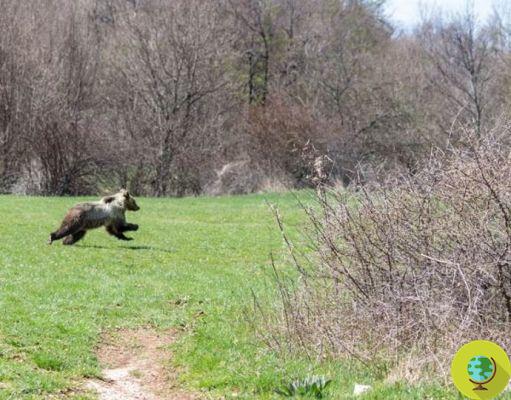
“The maximum productivity values were observed following years of exceptional production of beech fruit, known as pasciona (2008, 2012, 2014), as occurs in other bear populations. The data of 2018, as well as those of 2016 and 2017, show high and completely comparable values (5-6 family units and 10-11 puppies) even if they are not subsequent to the pasciona years ".
Positive signs, they say from the park, but we must not let our guard down. From an analysis of the data of the last 10 years, it emerges that the reproductive rate of females is among the lowest observed in the brown bear: on average a female gives birth to 0.2 cubs every year.
This is because the females do not reproduce every year, but every 3 -4 and no more than 50% of the births survive the first year. Although the Marsican bear population is numerically small, its density is one of the largest observed for brown bears.
"In these conditions it is reasonable to expect that natural mechanisms of population numerical regulation will take over, acting on the reproductive capacity of females or on a lower survival of puppies (increase in cases of infanticide by adult males)".
Finally, genetic defects linked to the high level of consanguinity of individuals cannot be excluded, with consequent reduced survival capacity of the puppies themselves.
Read also:
- Marsican bear at risk of extinction: only 40/50 specimens remain
Dominella Trunfio
Gallery





